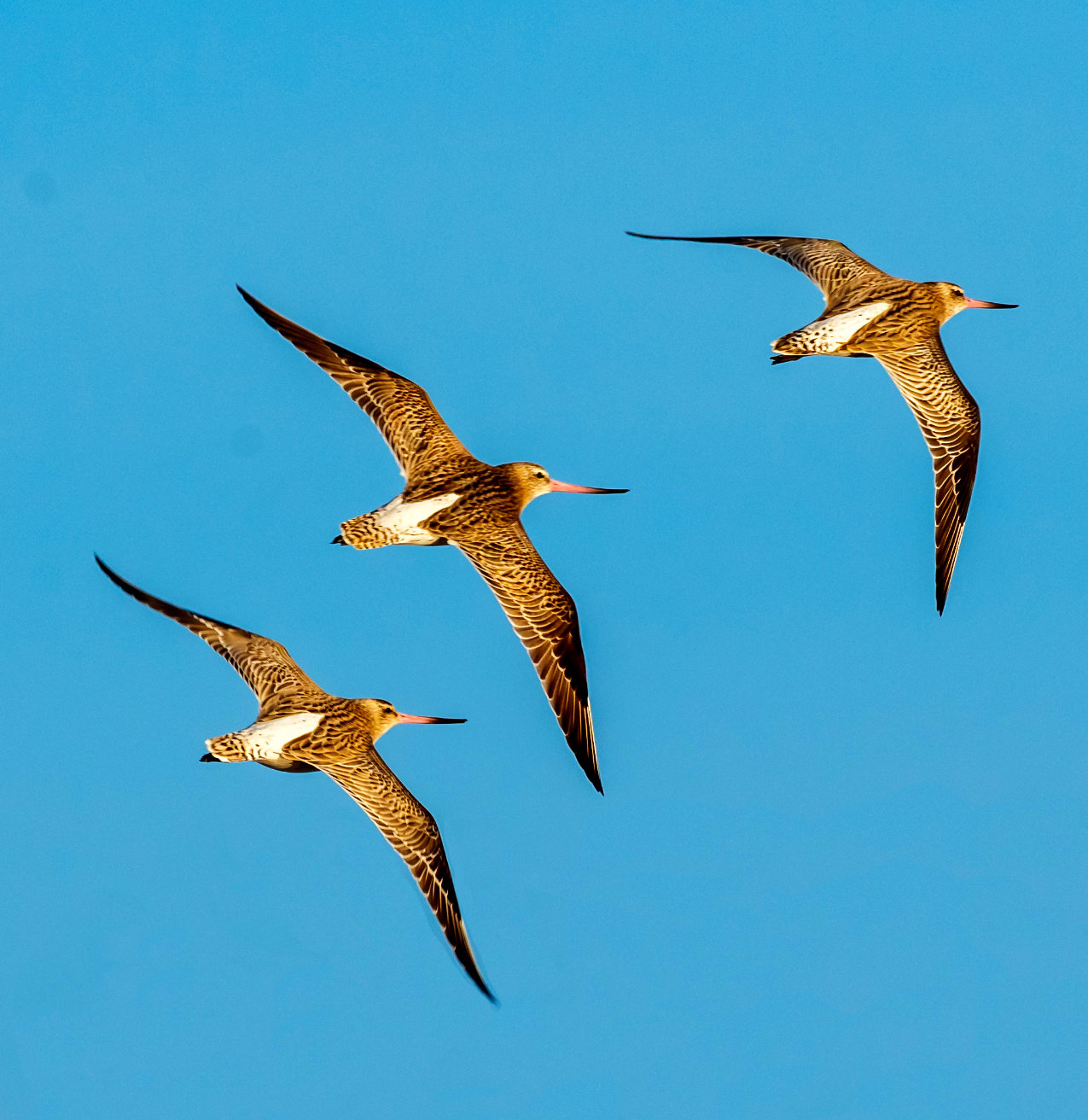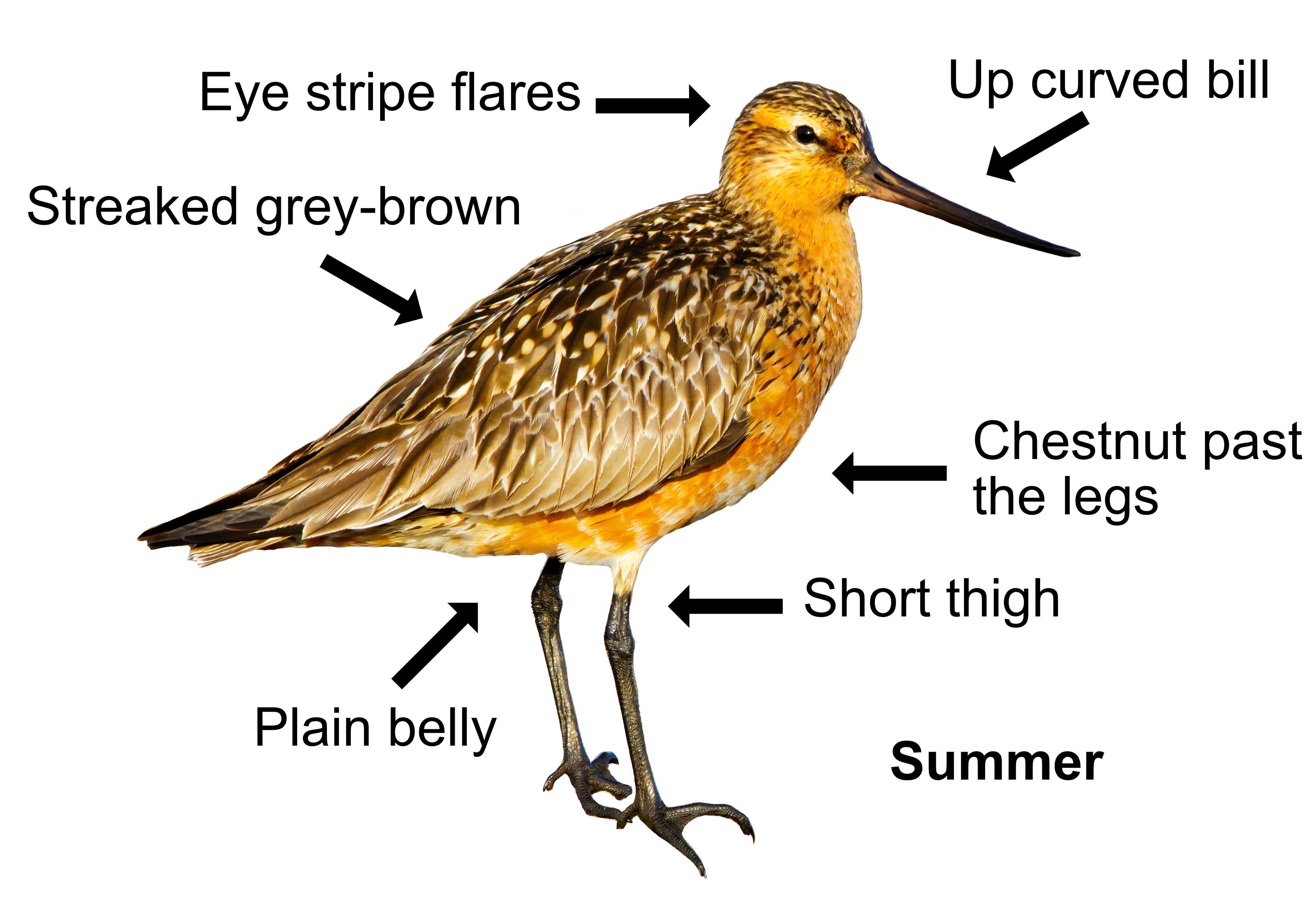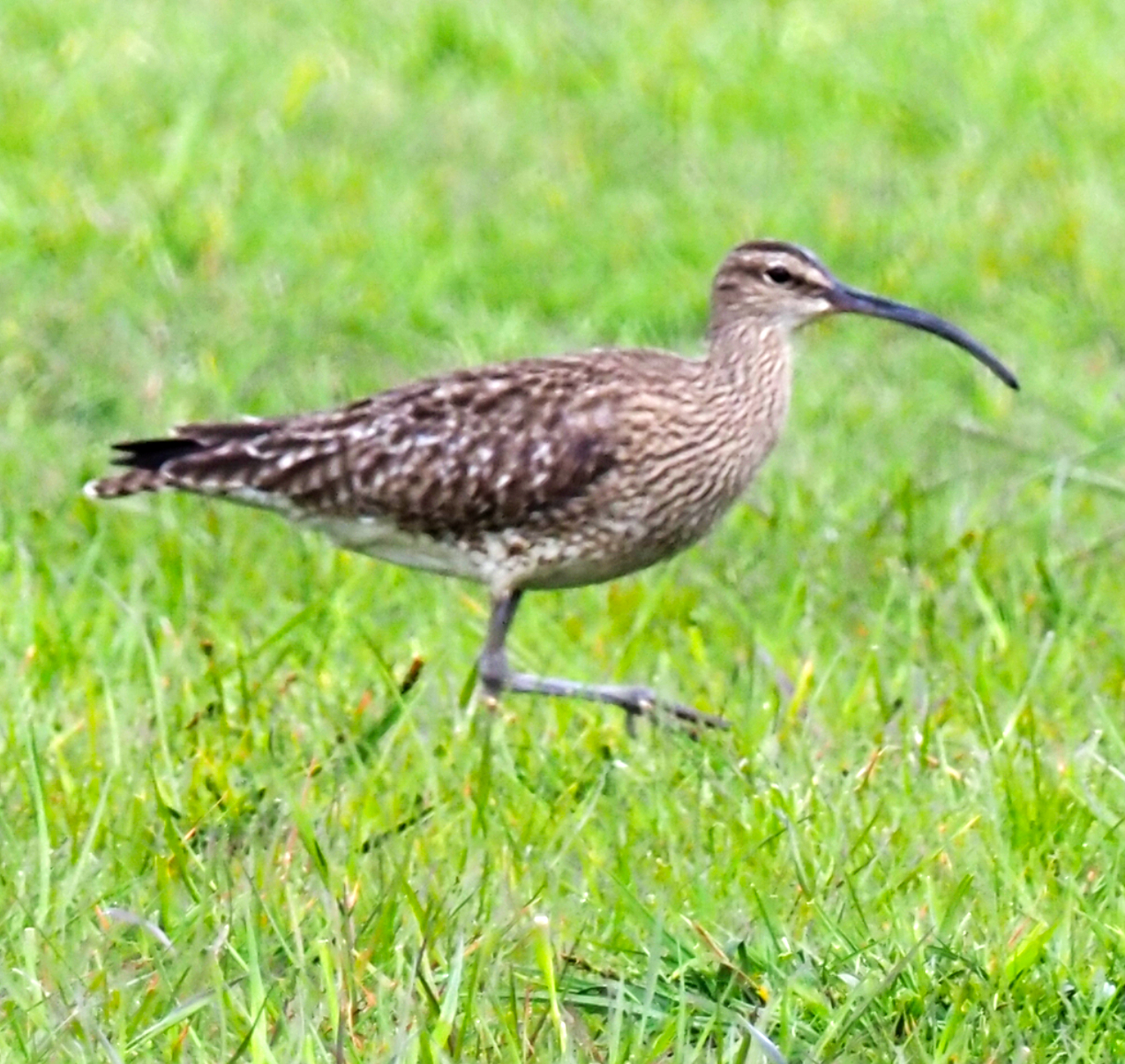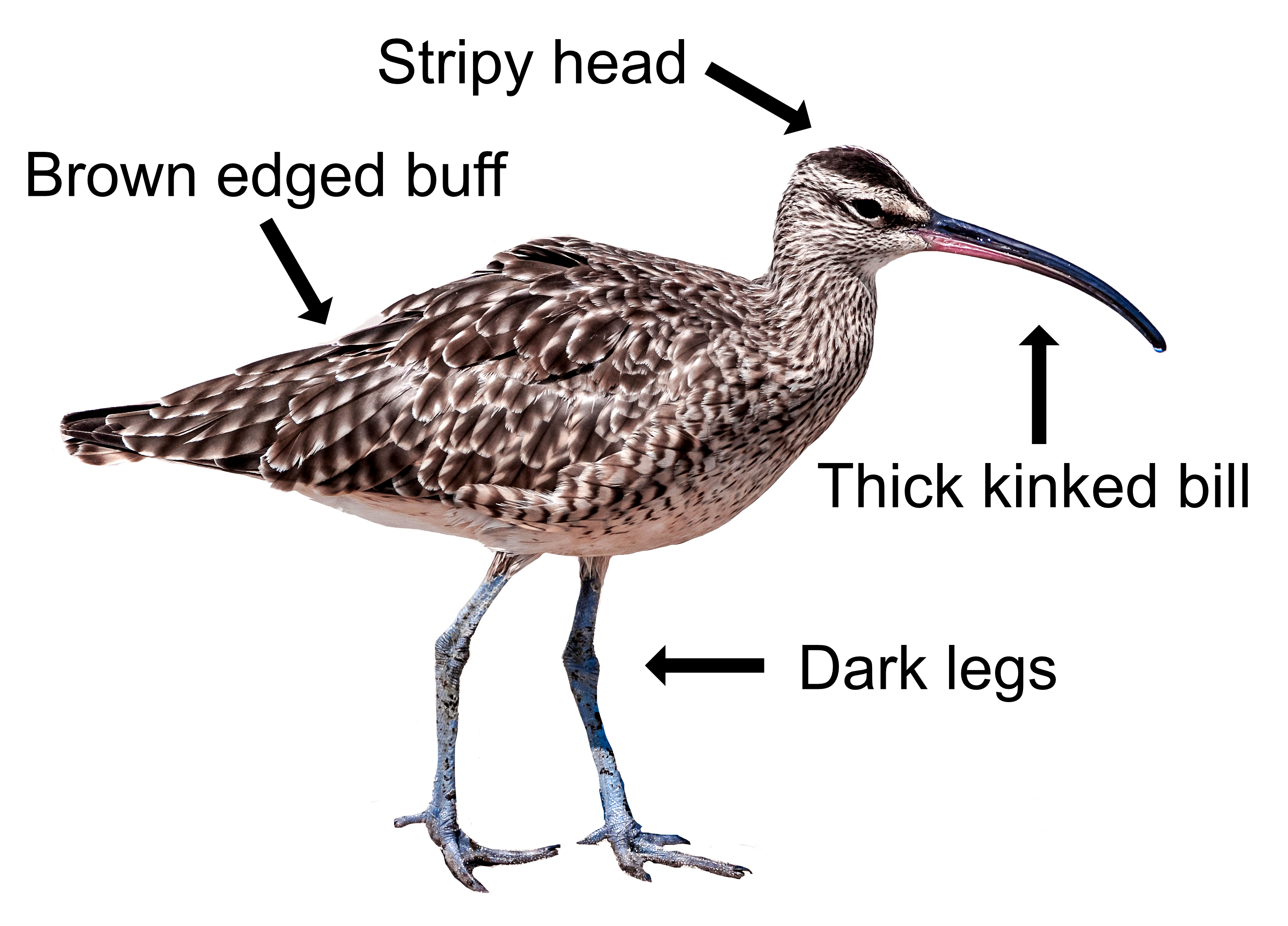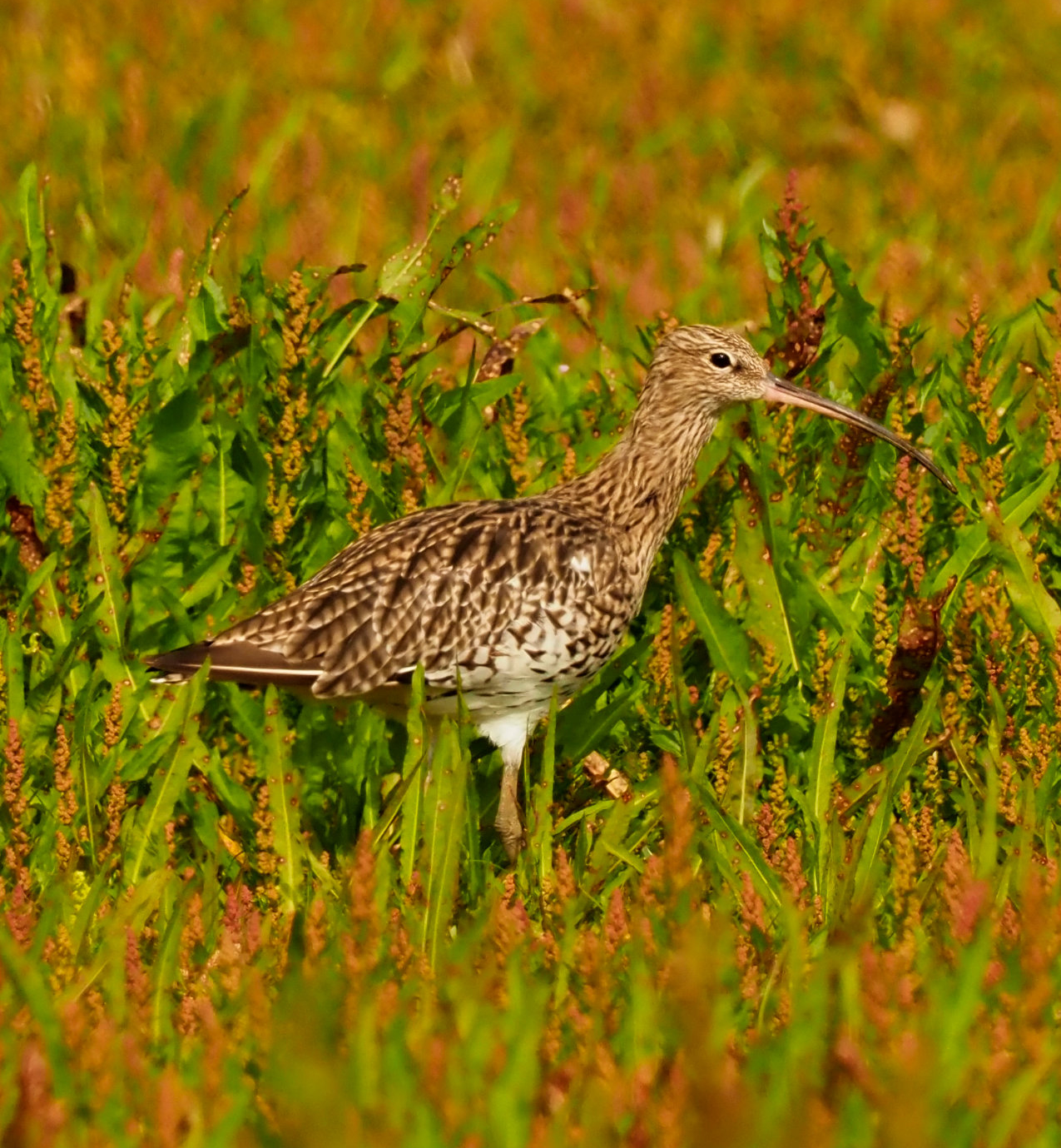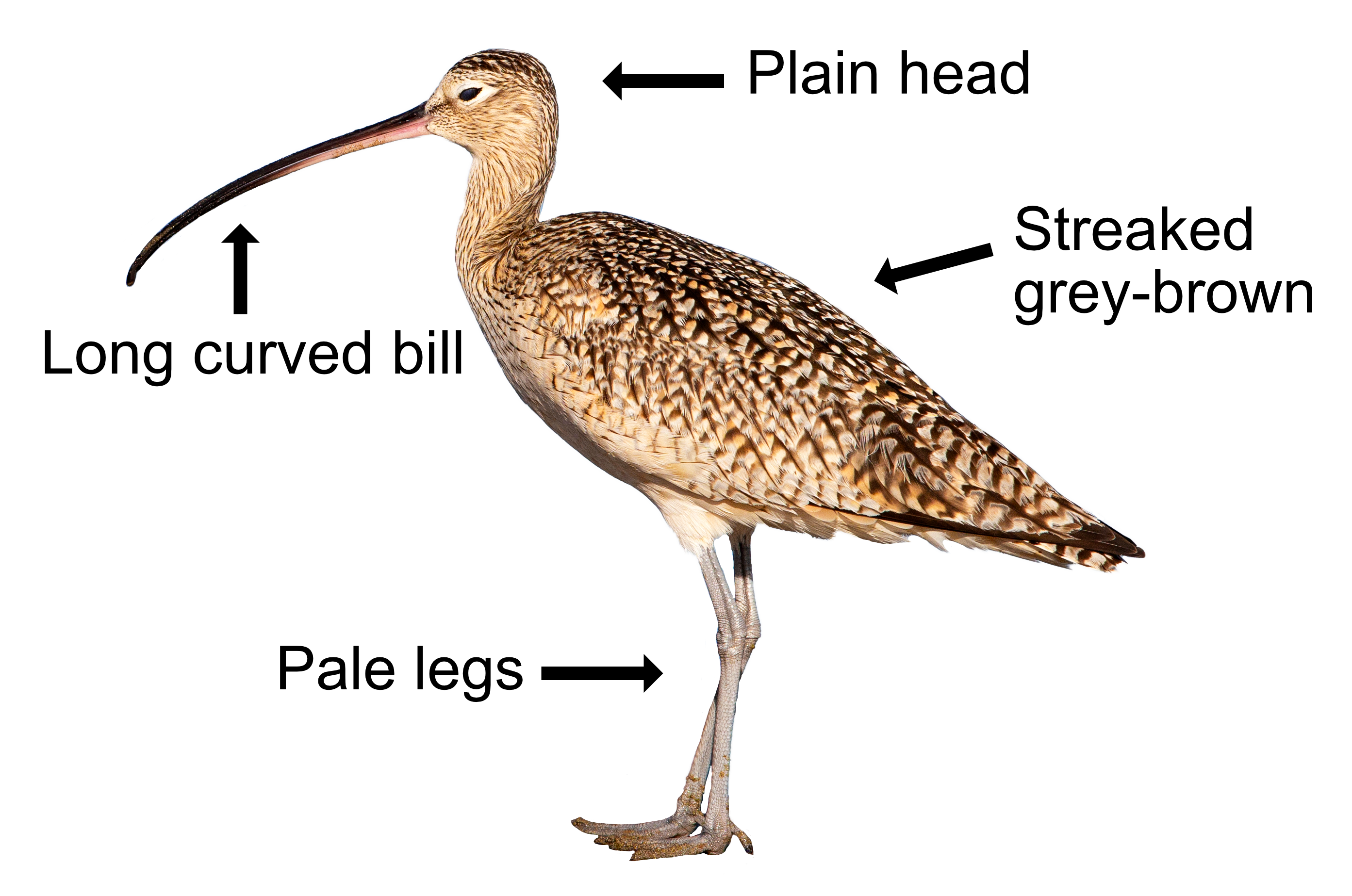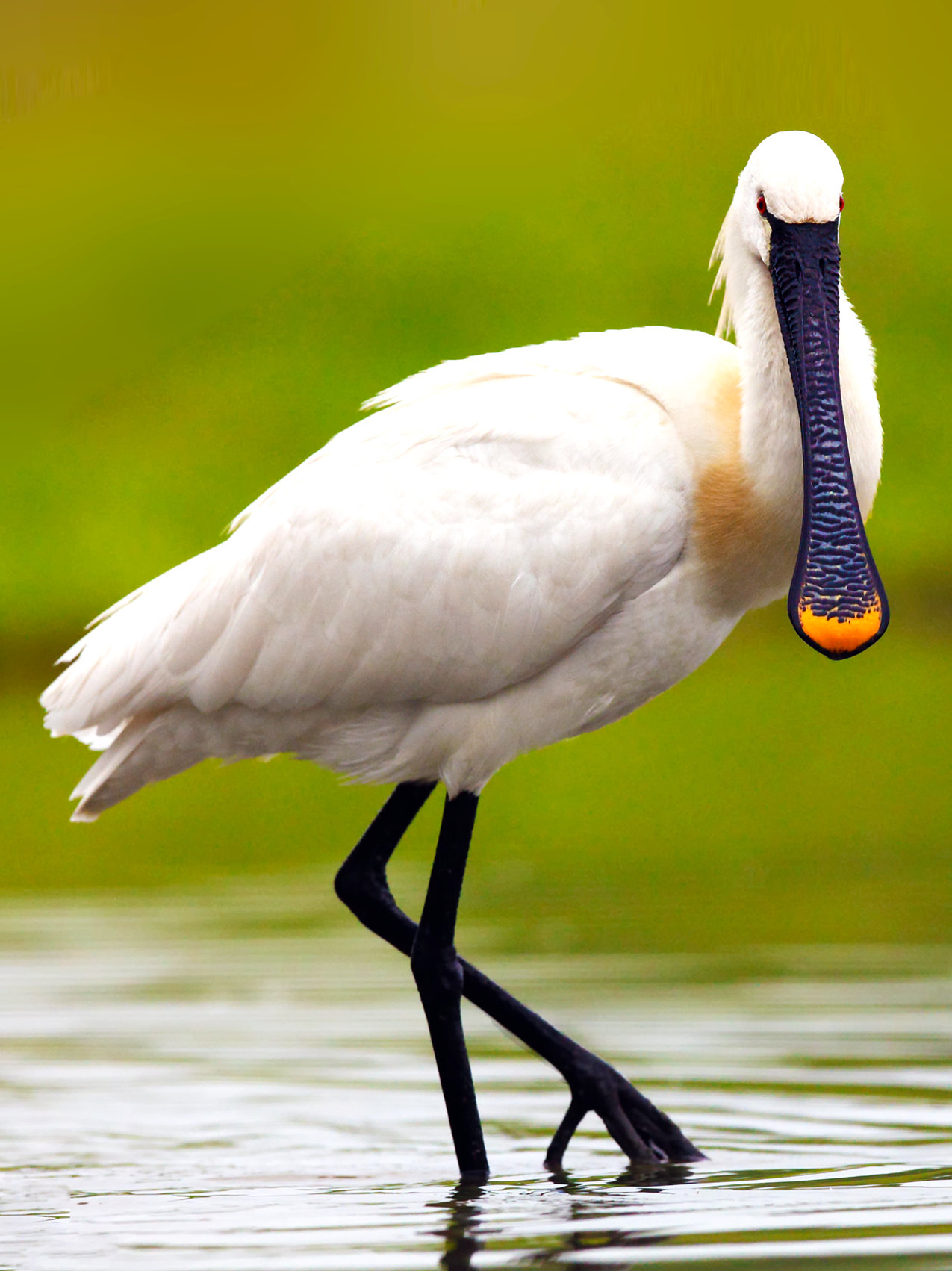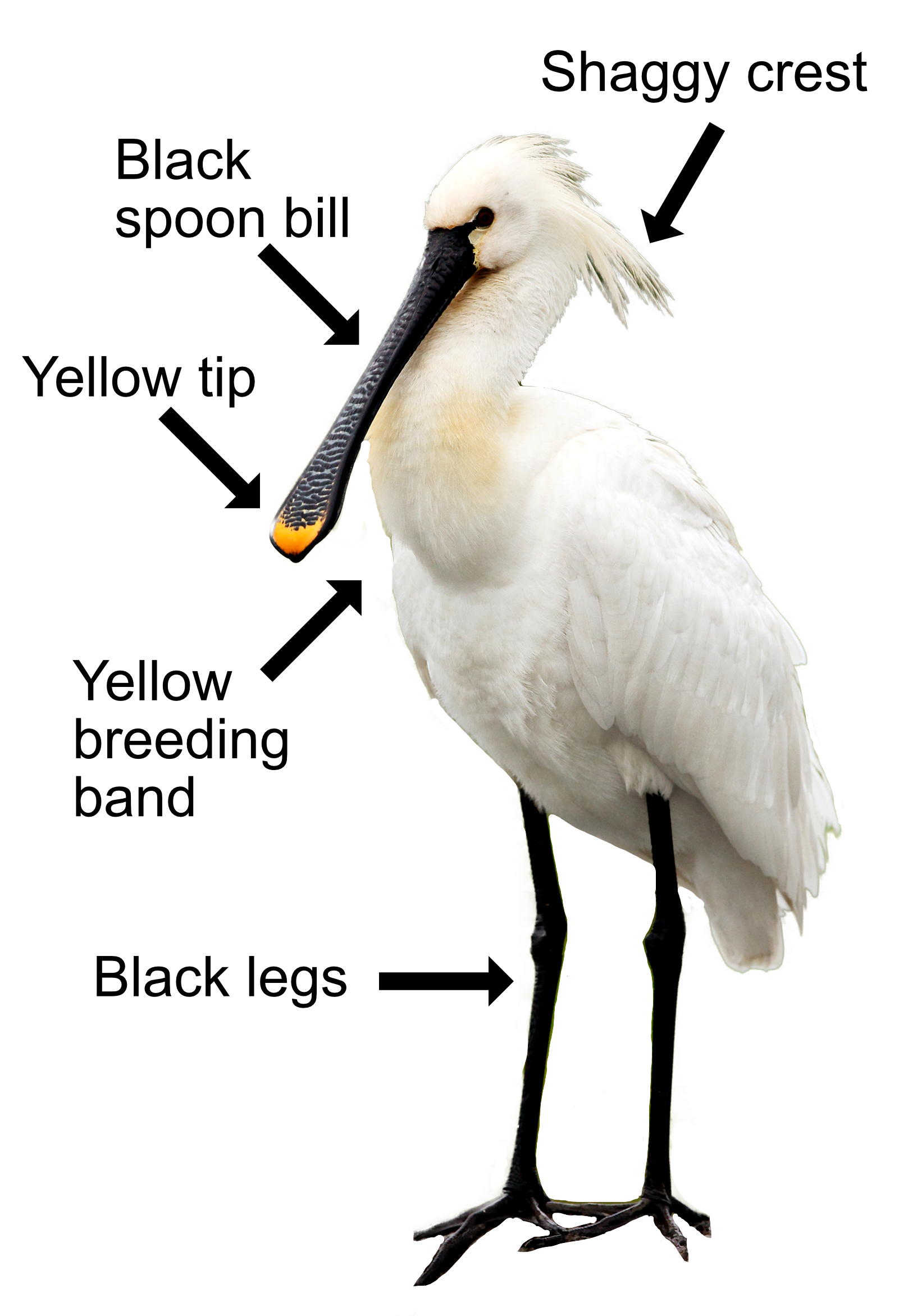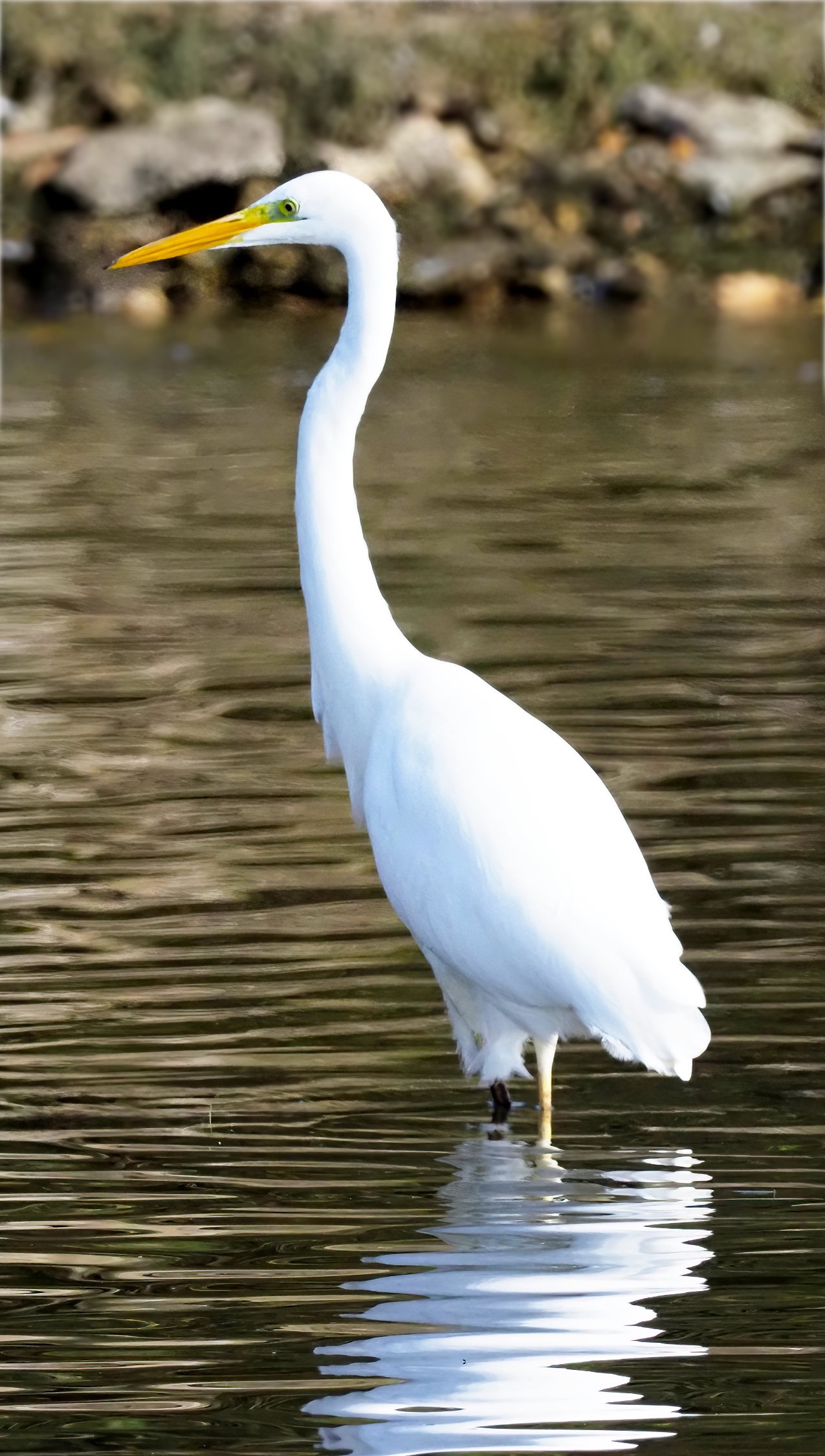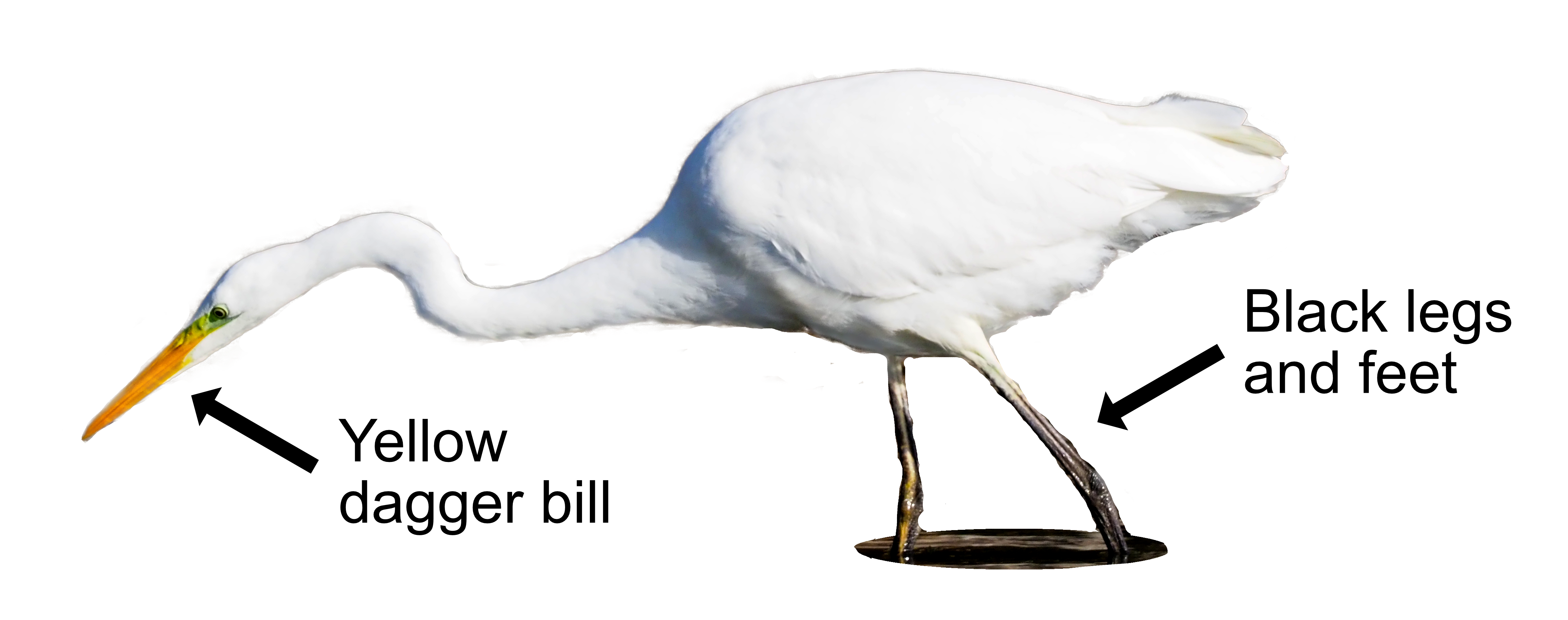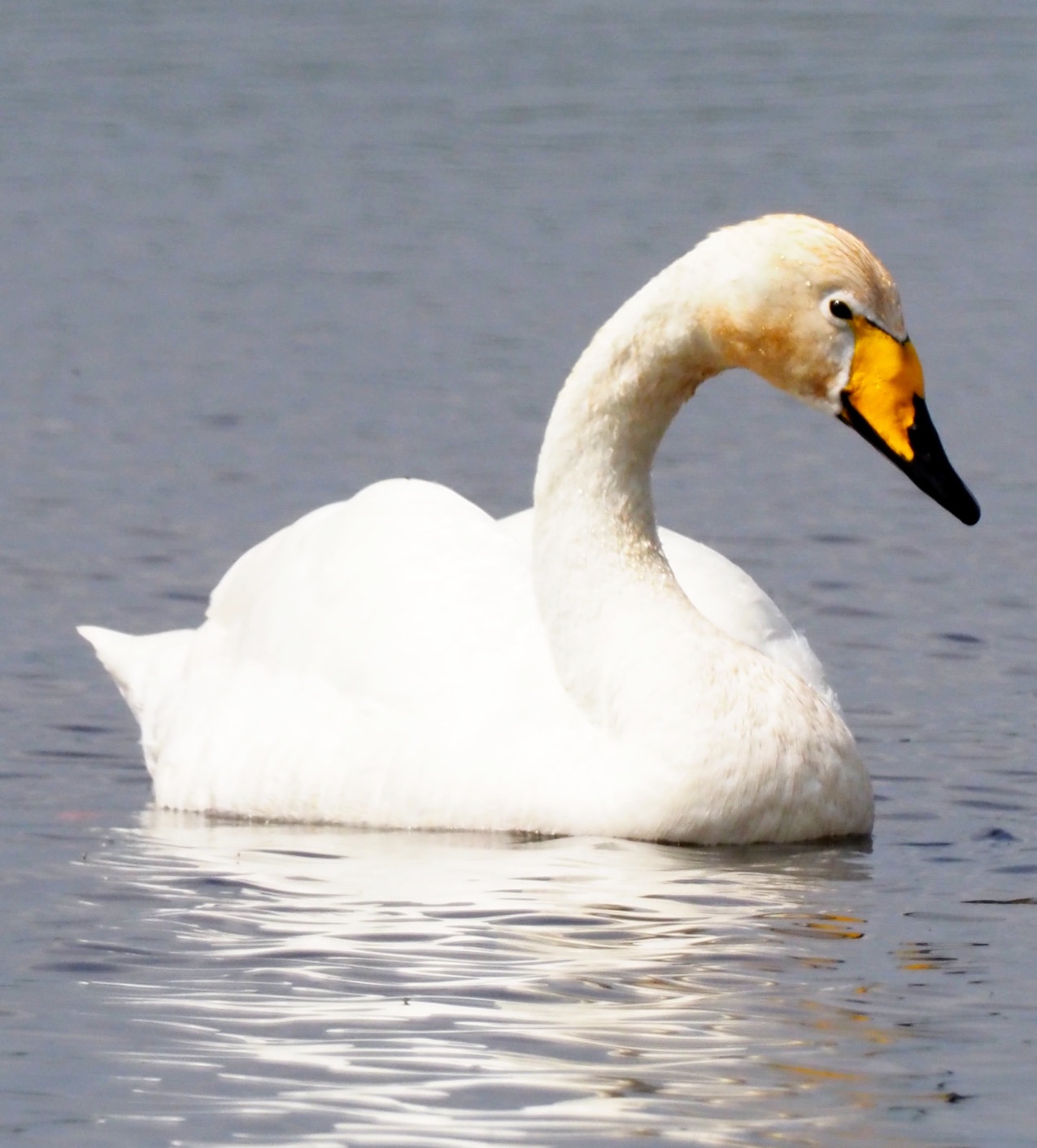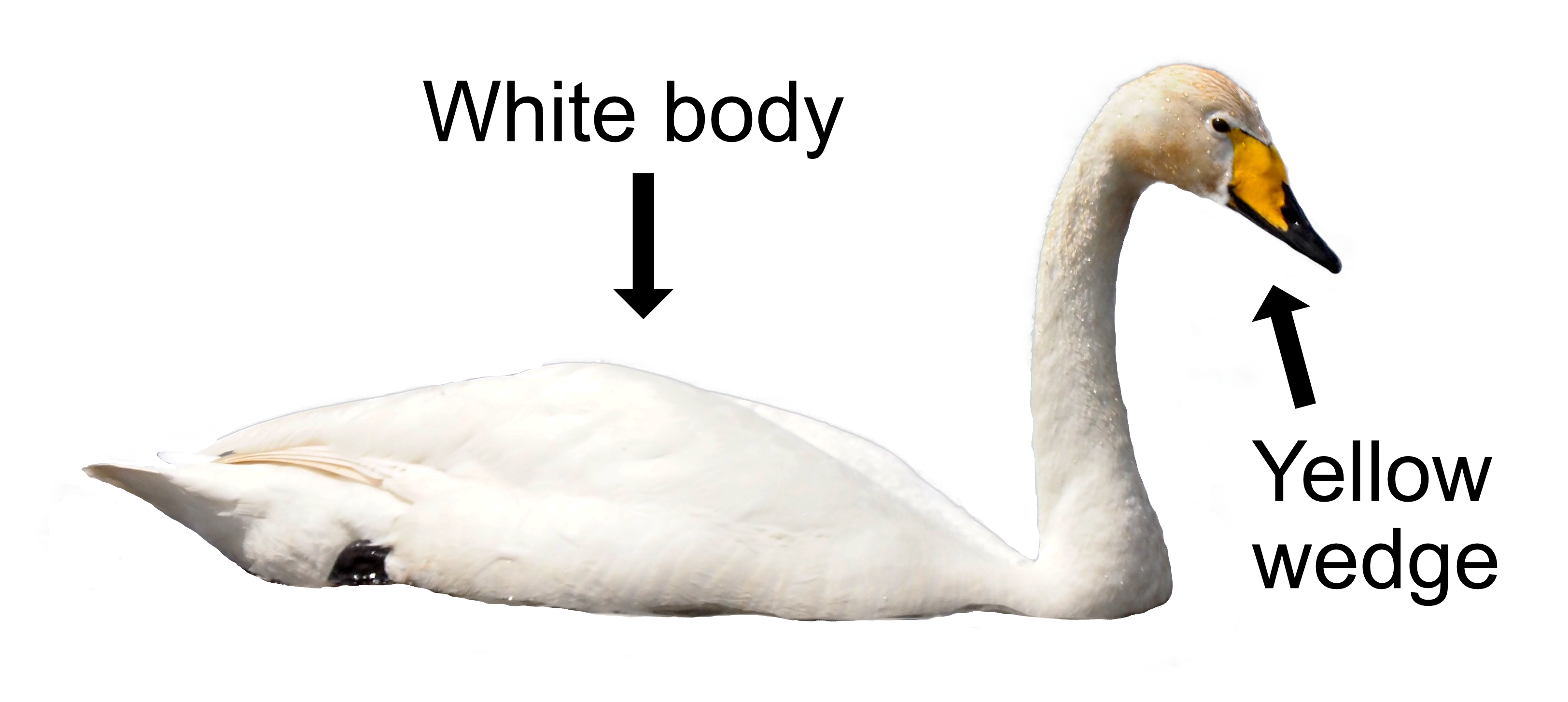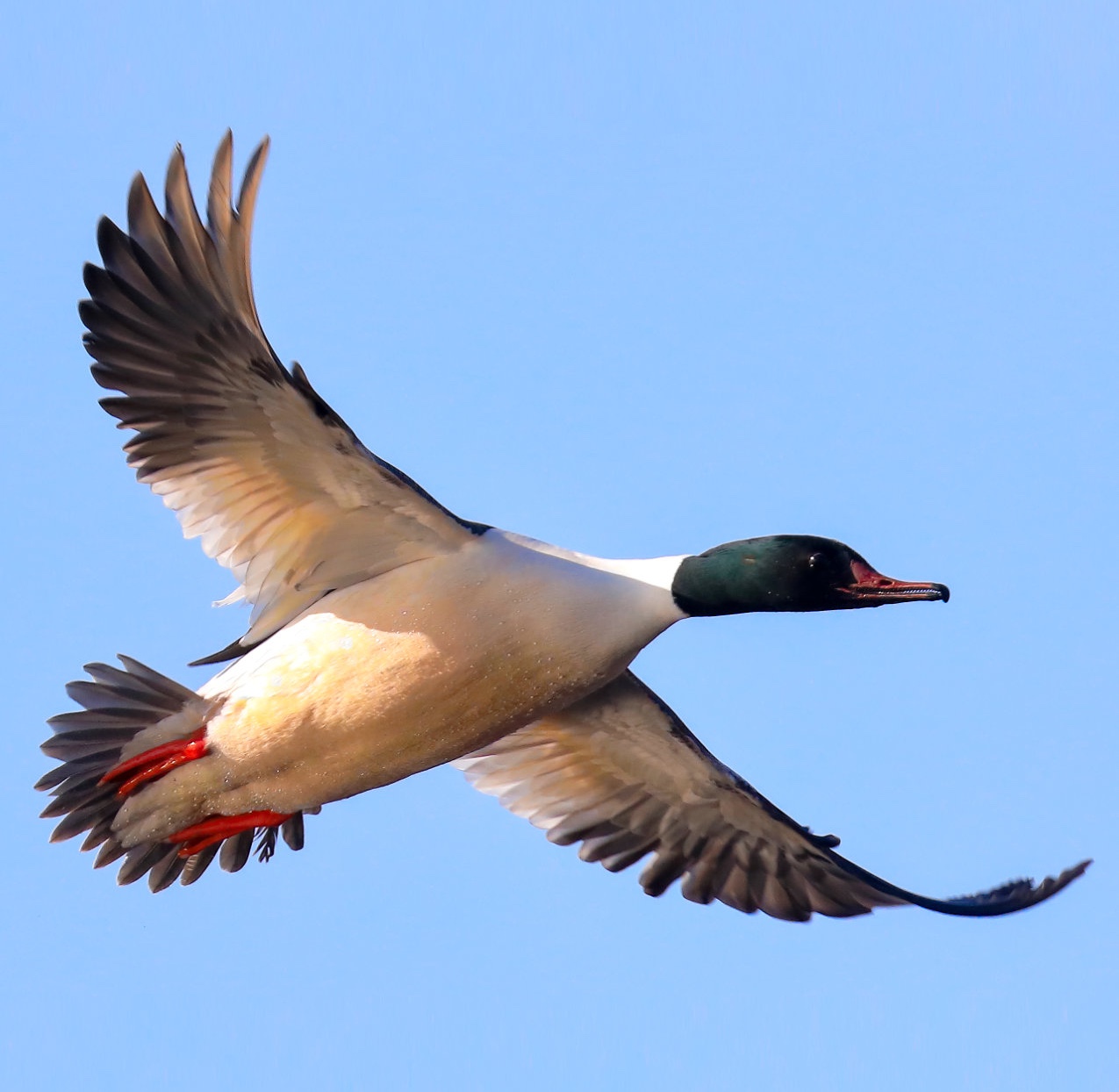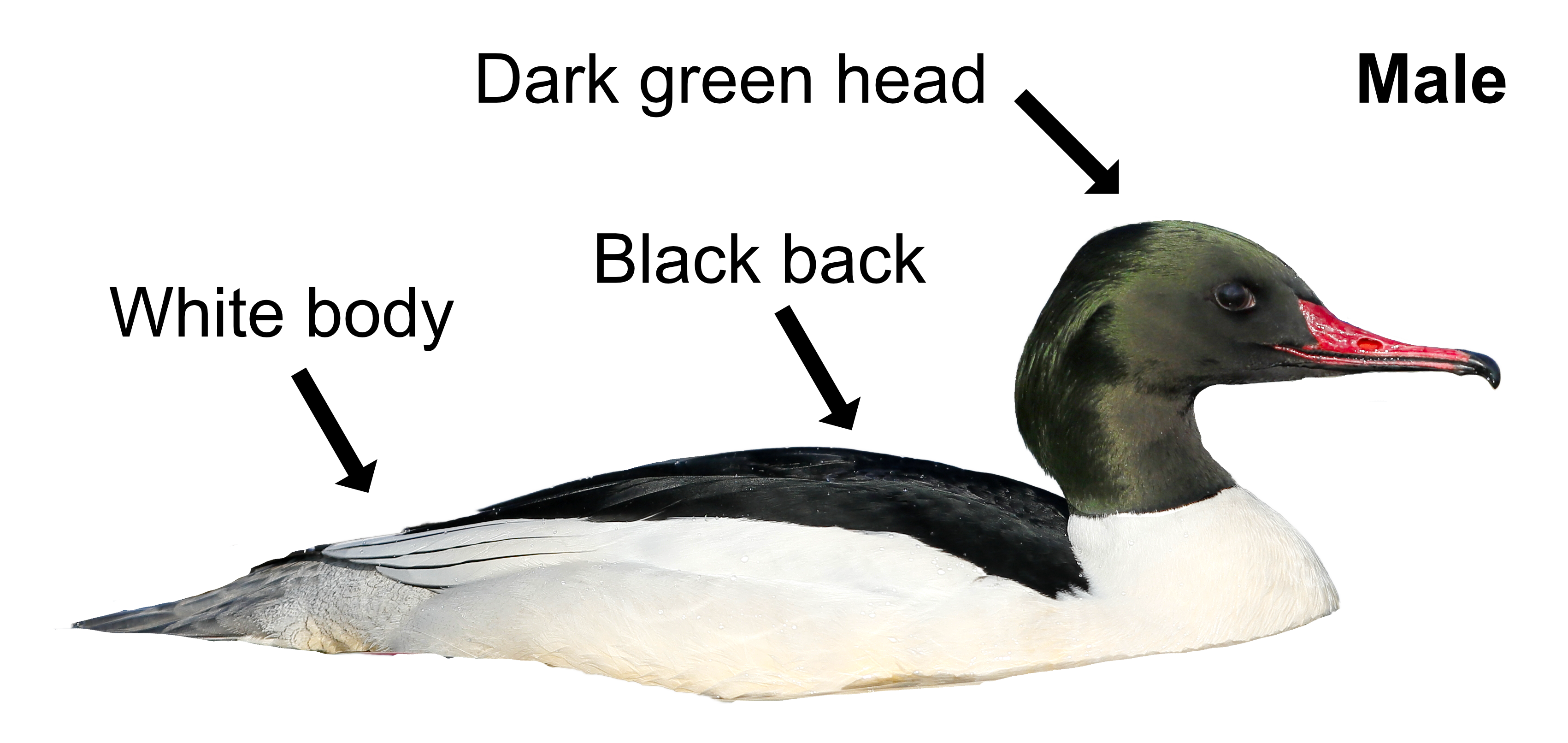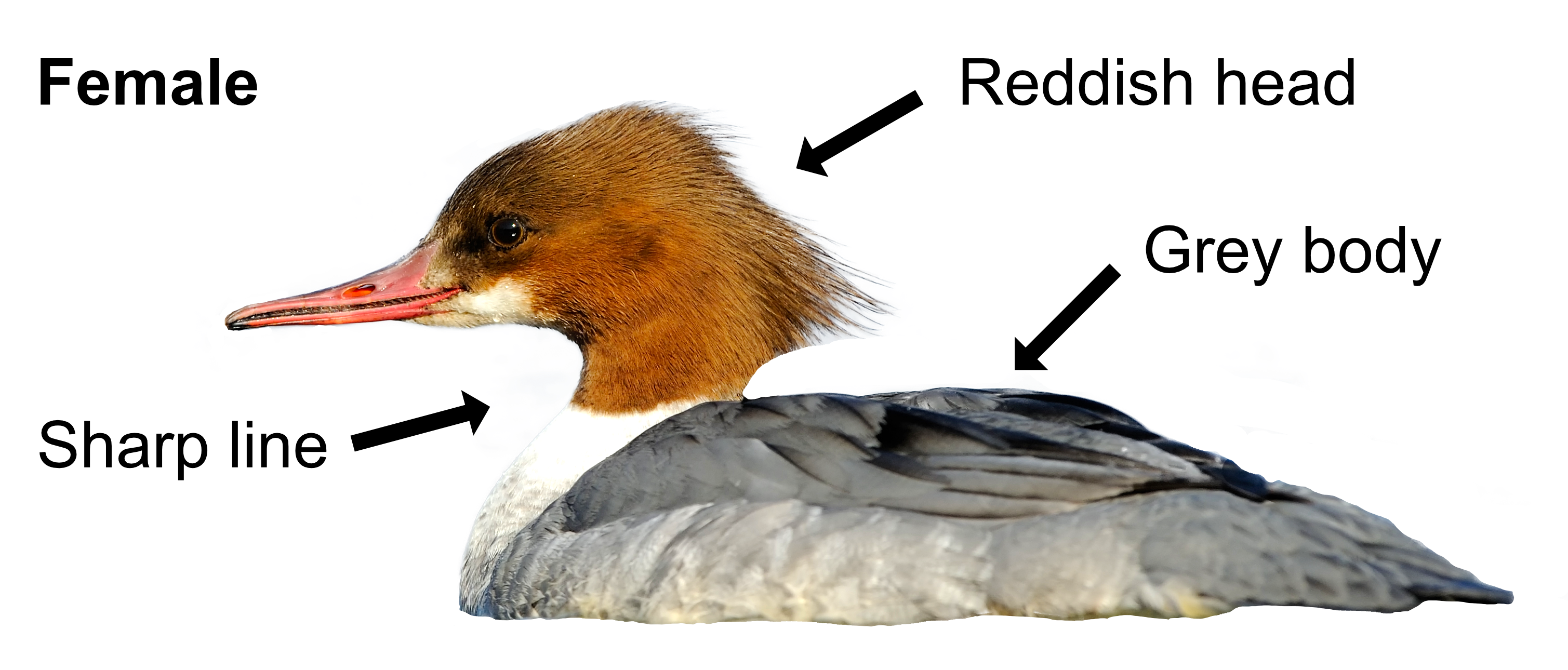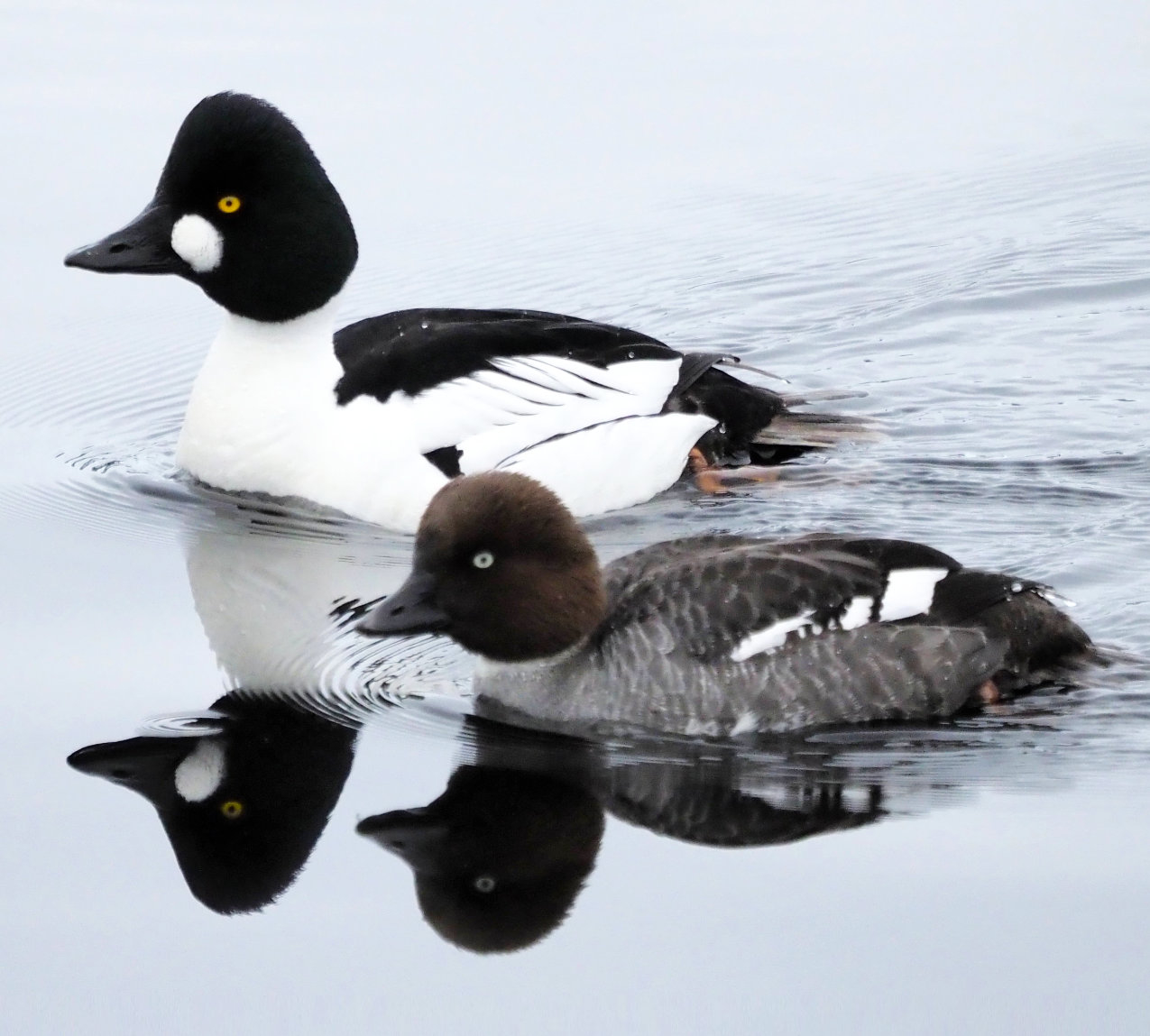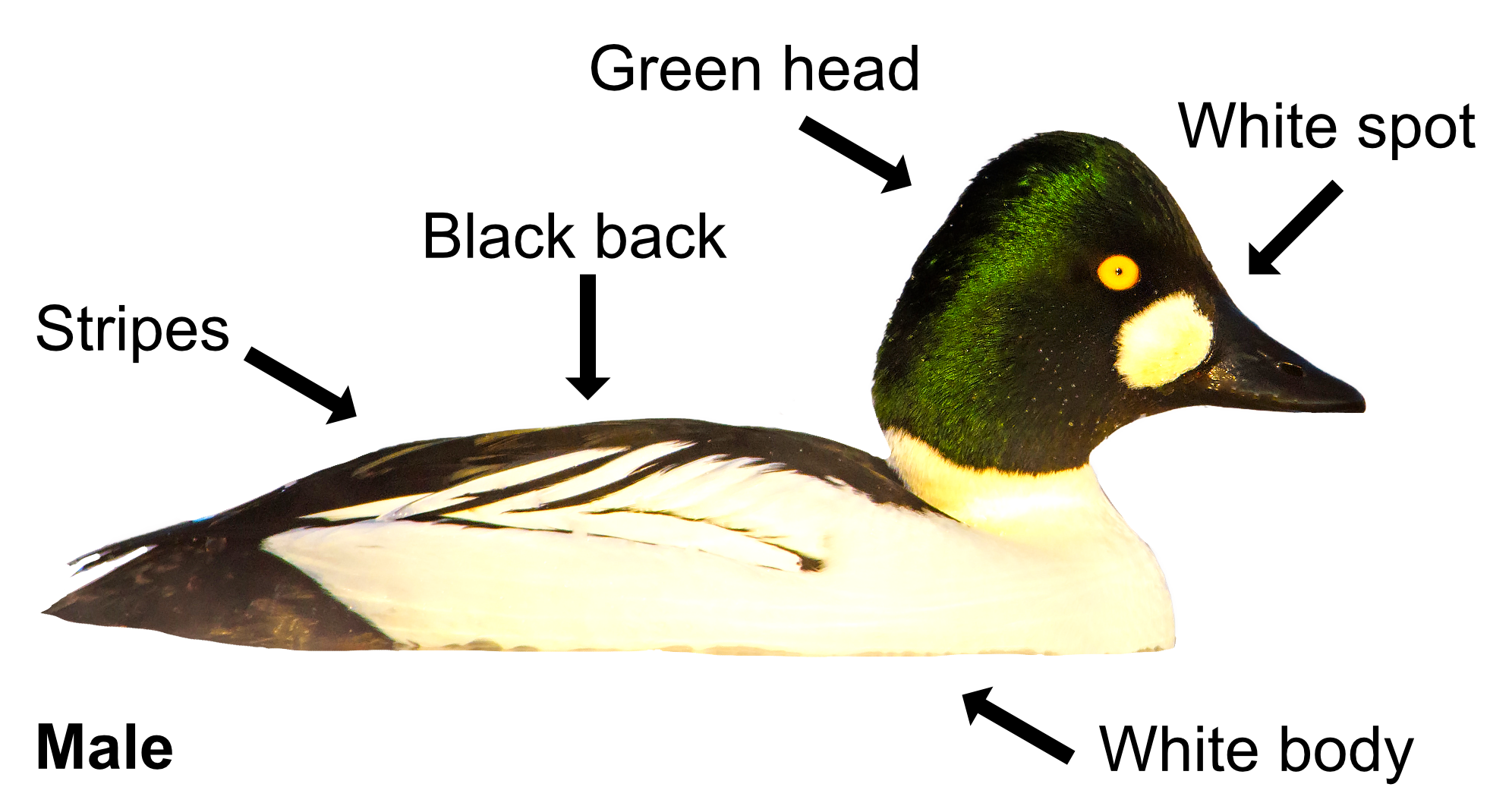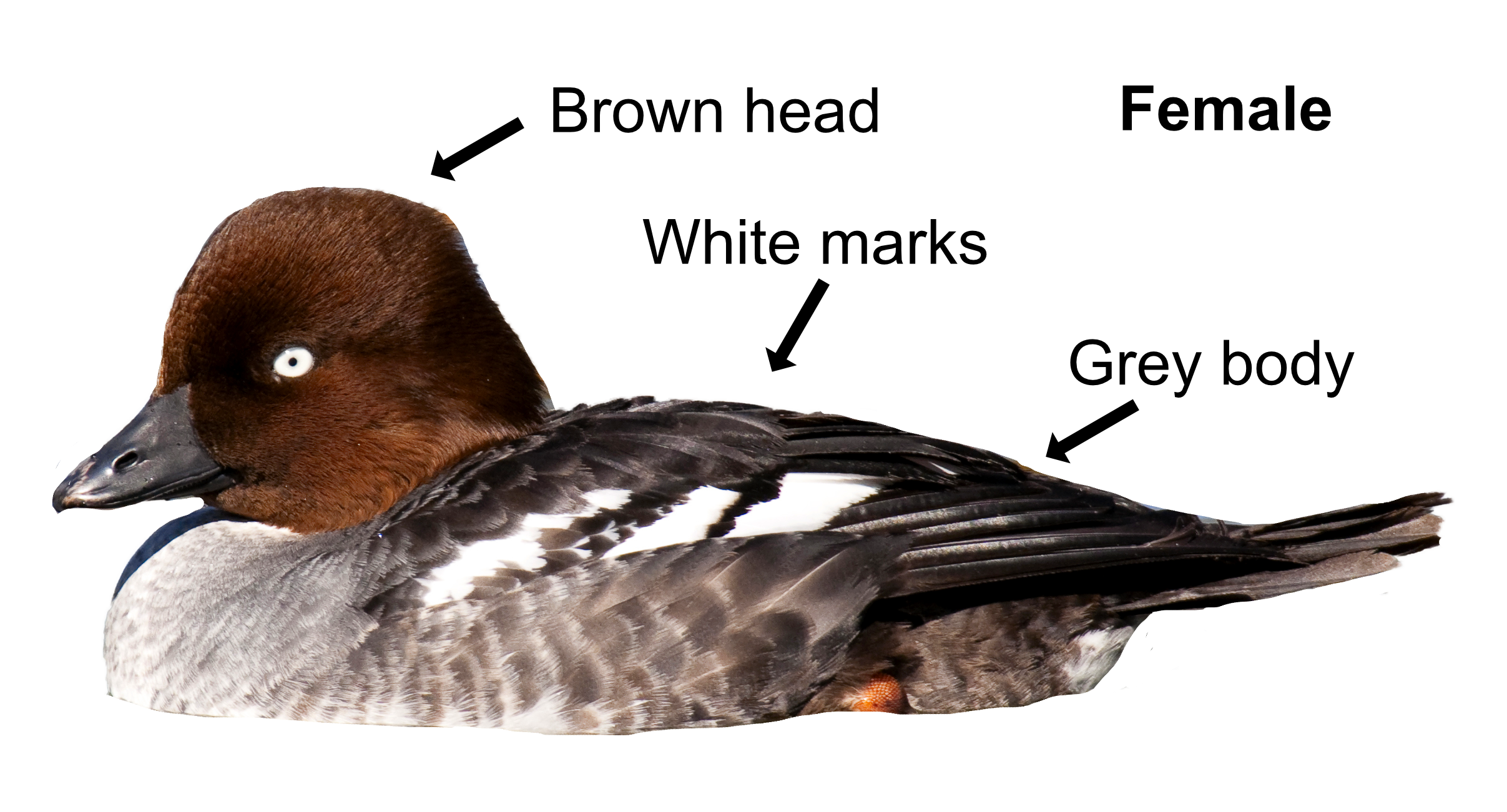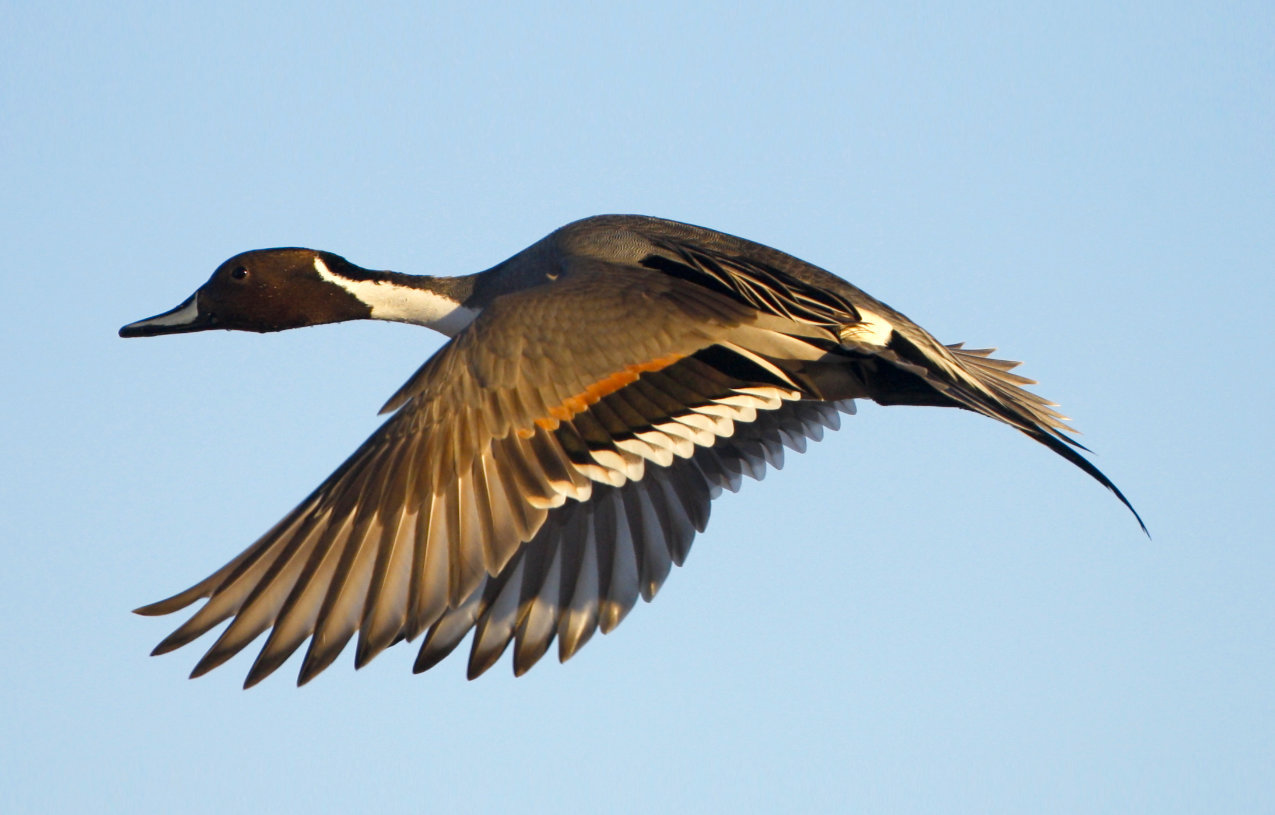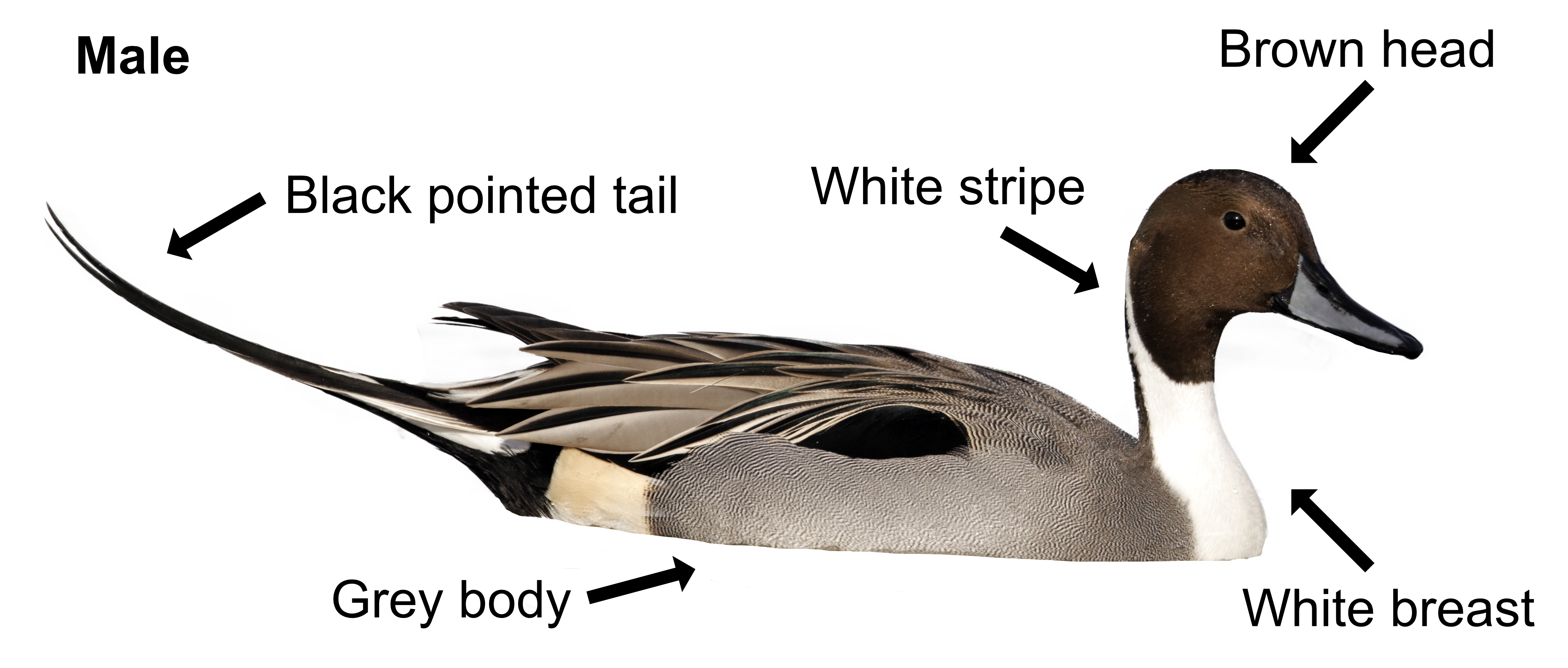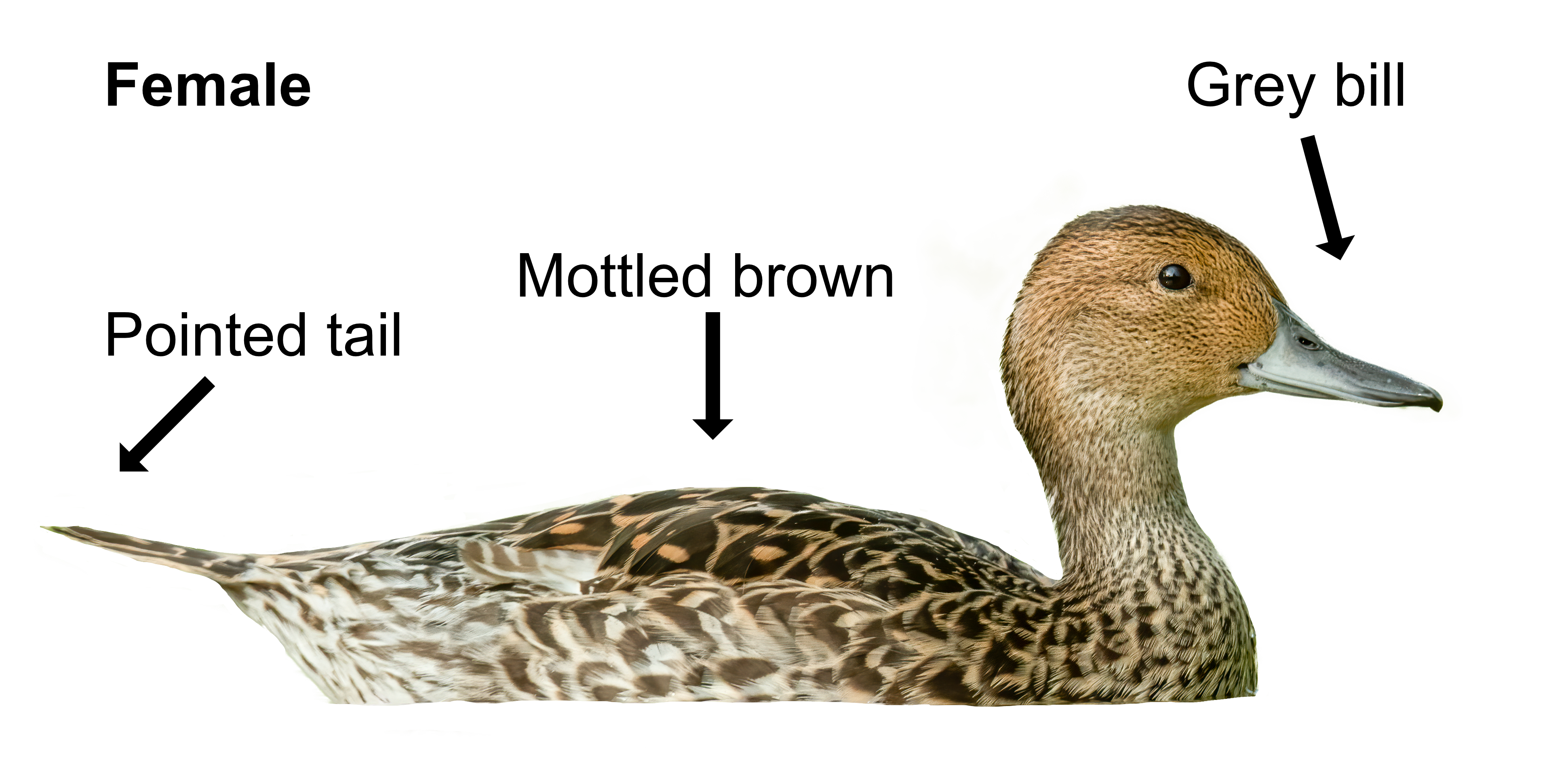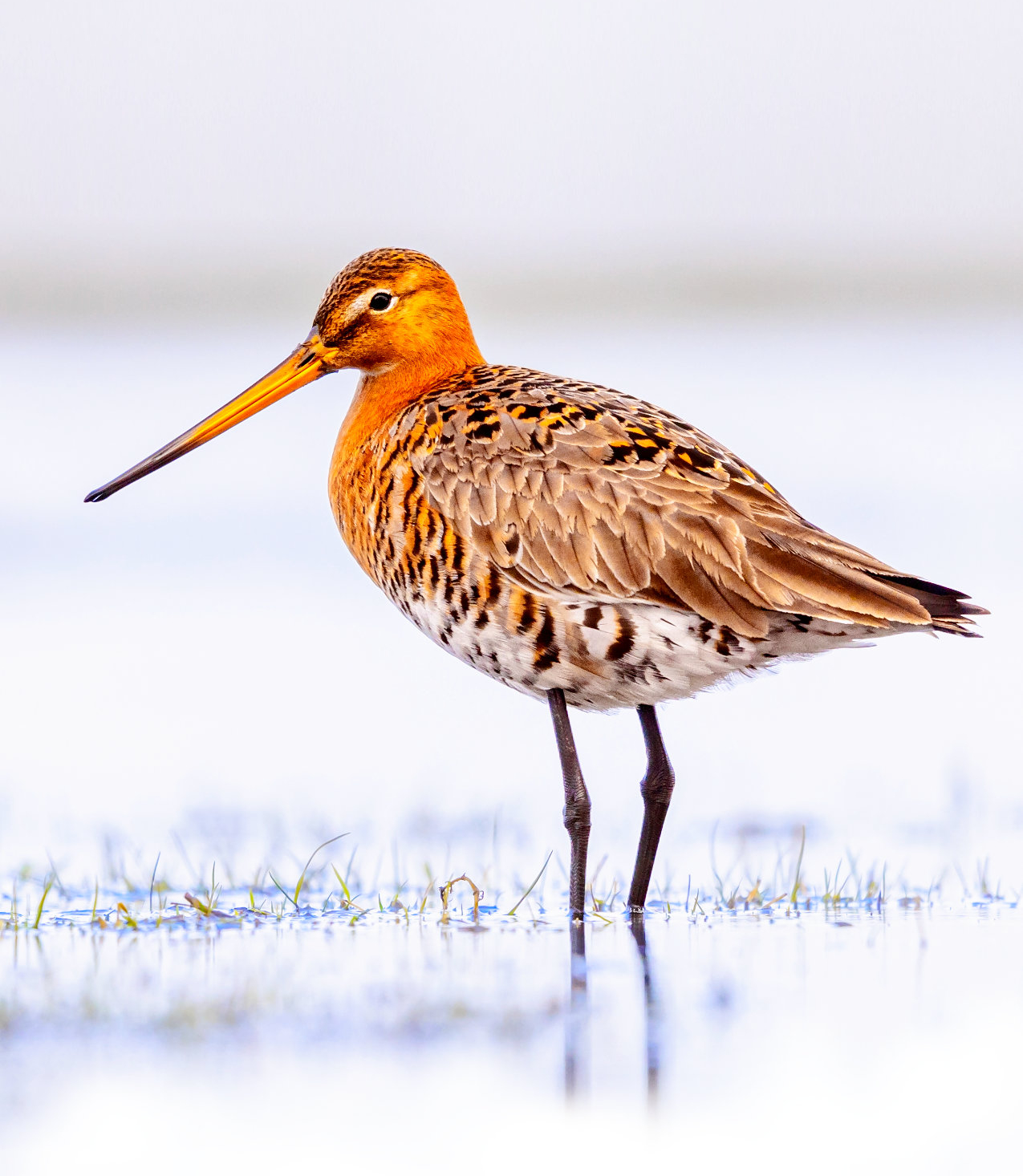
The Black-tailed Godwit is a large elegant wader that overwinters in large flocks on our coastal estuaries and inland wetlands. The Godwits seen here are mainly from Iceland and northern Europe. It is the national bird of the Netherlands.
The two Godwit species that occur in the UK - Black-tailed and Bar-tailed - can be tricky to tell apart. Black-tailed has longer legs (the knee is about halfway down) and its bill is straighter, though these subtleties can be hard to see when it is knee-deep in water and feeding! The dead giveaway is when they fly. Black-tailed Godwits have a white bar on their wings.
In the summer, the male Black-tailed Godwit has a chestnut head and neck. The red colour stops halfway down before reaching its legs. It has a mottled back, a white belly, and a pale stripe eye stripe. The bill is long, straight and orange with a black tip, and its long legs have a long thigh. In winter, it has plain grey upperparts and pale underparts. The female is a muted version of the male, though bigger and heavier, with a noticeably longer beak. The kids look like a scaly winter version of mum. In flight, it has a black tail, a white rump, obvious white wing bars and its legs stick out beyond the tail. Their call is an urgent “weeka weeka weeka”.
Black-tailed Godwits eat insects, larvae, worms, seeds and other plant material by probing with their bill. The longer bill of the female helps her to avoid competing for food with the males and getting into an argument.
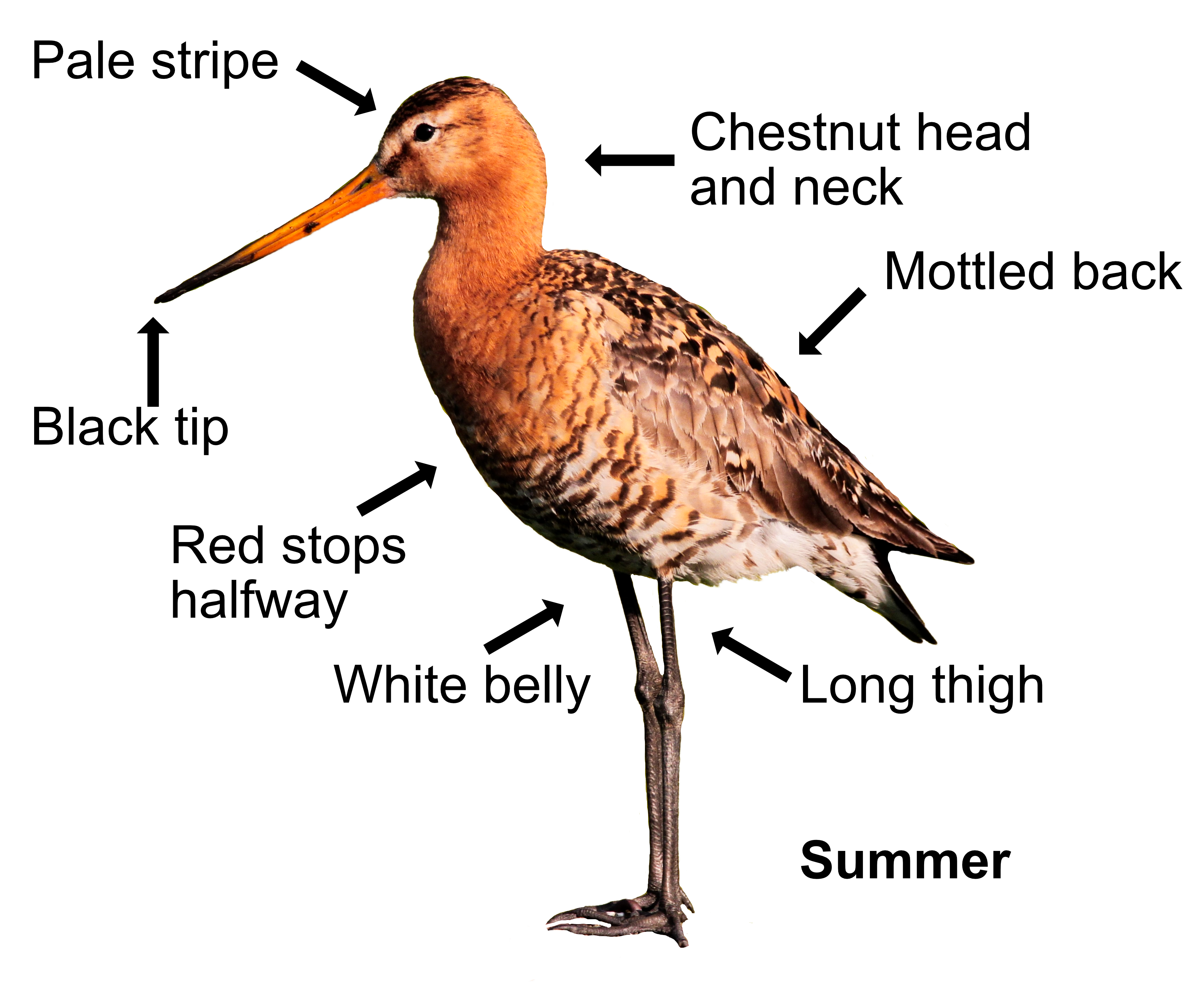
Black-tailed Godwits return to their wet meadows or moorland breeding territories in March. Only 50 pairs nest in Britain, mainly on the Ouse washes. They nest in loose colonies and the male performs an aerial display over his territory, where he rises and tumbles in rapid succession. Black-tailed Godwits are mostly monogamous. If the female from the previous year arrives within three days of the male, they will reunite, otherwise he will have a quickie divorce and pair up with a less tardy lady. The male makes several shallow scrapes on the ground, usually hidden in short vegetation. The female chooses one or helps him build a better one. They both incubate the 3-4 eggs which hatch after 22 days. The youngsters can feed themselves but are cared for by both mum and dad. They can fly 30 days later and soon become fully independent. Godwits leave their breeding grounds in July, as soon as the young can fly, and moult soon after arriving at their wintering grounds.
The largest numbers of Black-tailed Godwits occur here in the autumn, where as many as 45,000 come to overwinter. The loss of the wet grasslands they need to breed because of farming changes, overgrazing, and the trampling of nests by livestock is a big problem for the Black-tailed Godwit and it is now Red Listed.
Their Latin name is ’limosa limosa’ from the Latin ’limus’ for ‘mud’. A very muddy wader. The English name ‘Godwit’ is supposedly an imitation of its call, though not a very good one. Alternatively, it could be derived from the Old English ’god whit’, meaning ‘good creature’ as it was tasty to eat.
